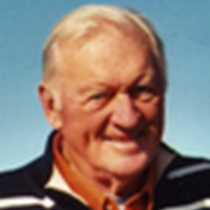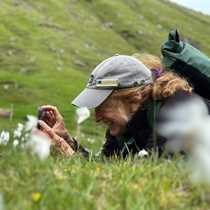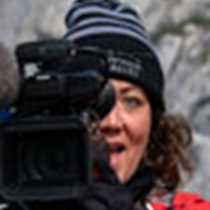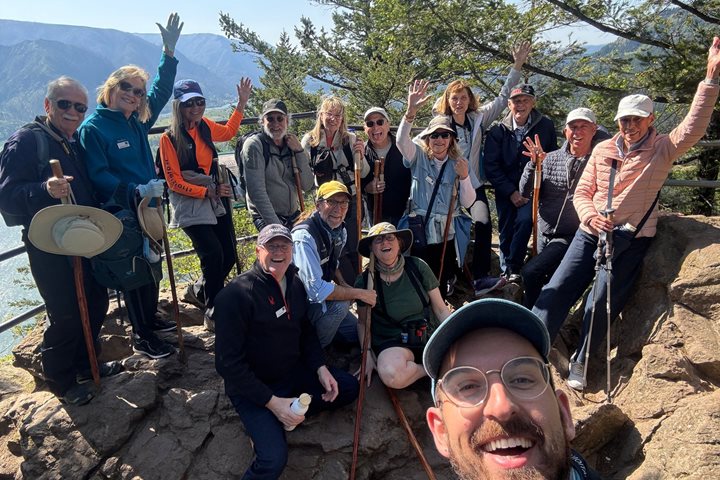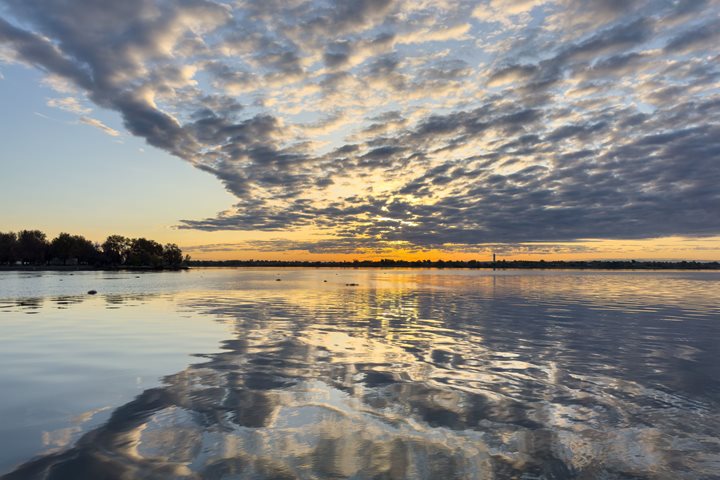The jet boat reached 145 miles from the Snake River mouth. Lewiston, our port of call, was Idaho’s former capital and westernmost city. The neighboring city of Clarkston, Washington (once called Jawbone Flats) lined the western shoreline. Further upriver lay the town of Asotin, Washington (named for the onetime plentiful lamprey eels in the river). The Grand Ronde River at Heller’s Bar marks the 30-mile point southward.
Sparse evidence of human activity is seen after this point. Even cell service doesn't reach this remote stretch. And there's no other way (not even a hike) to get up close with Hells Canyon besides a jet boat ride. We were on a wild river for the rest of the exploration—headed into parts where few (if any!) other expedition ships go.
VIEW OUR COLUMBIA & SNAKE RIVERS JOURNEY >
Origins of the name Hells Canyon abound. However, the most reliable story involves the wild downriver ride of an 1890s steamboat that bounced off every rock—it felt like a "ride through hell," as the boat captain stated.
Our exploration took place within Hells Canyon National Recreation Area and our turn-around was the mouth of the Salmon River. Wildlife emerged on both shores. Guests saw bighorn sheep, a bald eagle, wild turkeys, the proud great blue heron, and varieties of duck, coot and osprey nests, the latter having migrated south.
Vertical basalt columns loomed over the river, including entablature on top, multi-sided columns in the middle, and talus around the base. These accidental geological 'scenes' include a Chinese fan, Moby Dick, and a hilltop piano player. Between the basalt scabs and cliffs, gently rounded hills of loess dominated the skyline. Abetting this natural architecture was foliage of red, orange, yellow and deep purple; much of it from hackberry, mulberry, mahogany, and willow trees.
The Nez Perce people have lived, fought, fished and traveled in this storied canyon for over 10,000 years. Petroglyphs, rock carvings, old trails and oral histories describe this historic symbiotic relationship. Our boat captain frequently referred to Nez Perce stories and the tribal elders who came aboard his boats to see and describe ancient Native sites.
After an exhilarating journey and a fulsome ranch lunch at Garden Creek, our three-vessel flotilla dubbed The Nature Conservancy returned to the ship in time to hear Nez Perce storyteller and musician J.R. Spencer give a presentation. The evening program concluded with a geology talk by naturalist Grace Winer, titled “Fire, Ice, Flood."



